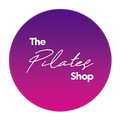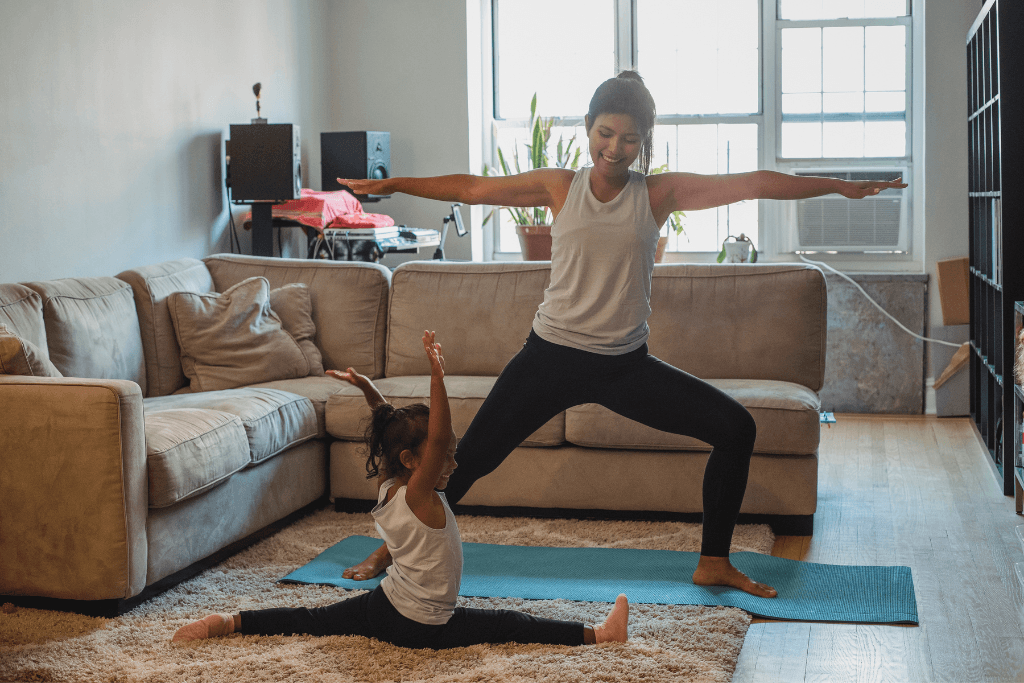Have a plan to stay active.
If you're recovering from an injury, it's important to have a plan that will help you stay active. This may mean doing something different than your usual exercise routine or finding a new form of exercise altogether. Keep moving, even if it isn't as intense as what you'd normally do.
Strength training can keep you from getting injured in the first place and prove beneficial to those who have been injured. It helps prevent scar tissue buildup, increases range of motion by strengthening surrounding muscles and gradually builds endurance. Try doing 20 repetitions per workout session, which will increase over time as you become more comfortable using weights until 30 repetitions feel really easy. Alternating between different strength training methods such as Pilates or yoga is also a great way to keep things interesting so you aren't bored with the same routine over and over again!
Work on balance and alignment.
If you're recovering from an injury, here are some tips to help you stay active:
- Have a plan. Think about how long your recovery is likely to take and make sure that you have a way to stay active during this time. Your body, mind and spirit need to keep moving and feeling good during an injury.
- Work on balance and alignment. Pilates is about working toward balance in our bodies as we do different moves on the reformer machine or mat exercises like rolls or bridges. If you're injured, chances are that one area of your body has been compromised so don't push yourself too hard until your muscles feel better. Then work on strengthening them!
- Plan for alternative forms of exercise when necessary. Sometimes we have no choice but to rest because our body isn’t ready yet! That’s okay; there are tons of other things to do that will keep us moving while still giving us time off from more strenuous activities while we're healing.
Plan your rehabilitation.
While you are on the mend, it's important to keep your body moving. The following suggestions are a great place to start.
- Find a fitness professional who can help you: Your injury should be evaluated by an expert who is knowledgeable in your specific injury and has experience working with clients who have similar injuries. A good source of referrals is the physical therapy department at your local hospital or health clinic.
- While you are on the mend, it's important to keep your body moving. The goal is to find alternative forms of exercise that don't aggravate or cause new injuries. For example, swimming can be low-impact and still give your muscles time under tension.
Look at alternative forms of exercise when you're healing an injury.
If you have an injury and are looking for things to do instead, here are some ideas:
- Use a bicycle or elliptical trainer if you have knee or ankle injuries. These machines allow you to get a good cardio workout without putting too much stress on your joints.
- Swim if you have any sort of shoulder injury, including bursitis and rotator cuff problems. Swimming is one of the best ways to maintain cardiovascular fitness while healing from injuries because it puts minimal stress on the muscles that surround the injured area.
- Use a rowing machine if you have shoulder injuries, such as bursitis or rotator cuff problems. Rowing is another excellent way to maintain cardiovascular health while healing from injuries because it allows people with joint problems to exercise without putting undue stress on those areas of their body that are already injured!
The Pilates Reformer is a great option if your back hurts due to overuse during yoga practice (or just daily life). This allows someone with back pain issues to continue their regular activities without exacerbating their condition!
Work with a fitness professional who can help you build your fitness in a way that will be safe for your injuries.
As a general rule, it's always smart to get your doctor's approval before beginning any exercise program. If you're dealing with an injury, that advice is more important than ever.
Before starting any new type of workout routine—whether it's Pilates or something else—ask your doctor or physical therapist for a referral to a fitness professional who can help you build your fitness in a way that will be safe for your injuries. If they don't know anyone in their network but still want to try out Pilates reformer, they should ask the studio if they have trainers who are certified in helping people recover from specific types of injuries (such as chronic pain).
Even if you're not dealing with an injury per se, having some guidance from someone qualified is still crucial when embarking on any new form of exercise. You'll want someone who understands how Pilates works and what its benefits are so that he or she can make sure it's being done properly; otherwise, there could be consequences down the road when trying different moves or variations on familiar ones without guidance from someone who knows their way around these machines!
You can stay fit both while you're recovering from an injury and afterwards.
It’s important to regularly exercise your body. If you're a beginner, start with just 10 minutes of exercise every day and build from there. Also, keep in mind that it's not just about the amount of time you spend exercising; it's also about your intensity level.
If you're injured or recovering from an injury and cannot participate in certain activities, try working with a fitness professional who can help guide you to some alternative forms of exercise that are appropriate for your needs while still helping improve strength, flexibility, and balance. For example:
- A physical therapist may suggest using a resistance band instead of weights during strength training sessions.
- A yoga instructor might recommend focusing on poses that emphasize balance rather than those involving stretching or strengthening muscles (which might cause pain).

